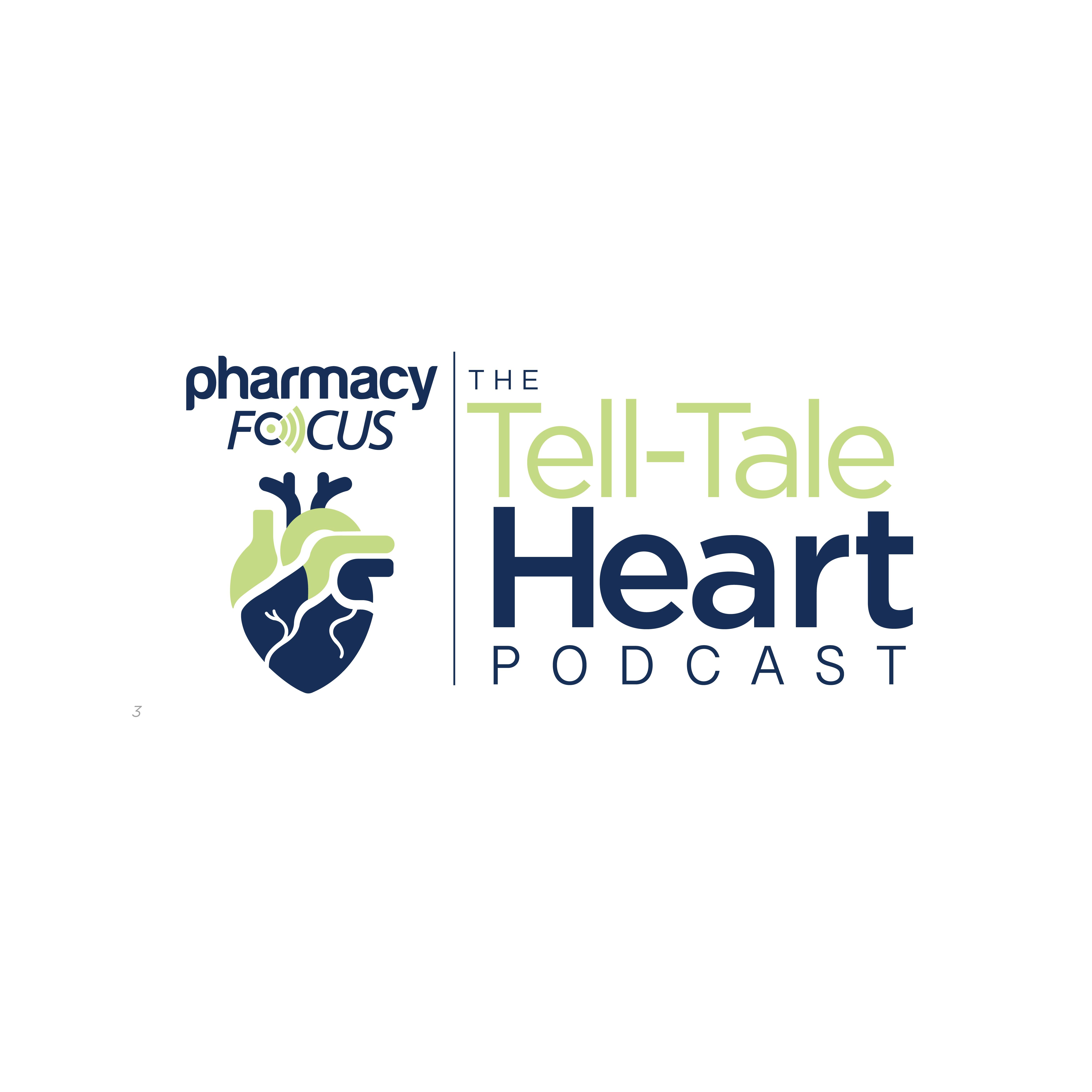News
Article
Talazoparib Plus Enzalutamide Meets Primary End Point in Phase 3 Trial of Patients With Metastatic Castration-Resistant Prostate Cancer
Author(s):
Key Takeaways
- Talazoparib plus enzalutamide significantly improved rPFS and OS in HRR-deficient mCRPC patients compared to enzalutamide alone.
- The combination therapy showed benefits in patients with and without HRR gene alterations, indicating broad applicability.
Talazoparib in combination with enzalutamide yielded significant improvements in radiographic progression-free survival and overall survival.
Talazoparib (Talzena; Pfizer) plus enzalutamide (Xtandi; Pfizer, Astellas Pharma) as first-line treatment of patients with homologous recombination repair (HRR)-deficient, metastatic, castration-resistant prostate cancer (mCRPC) achieved its primary end point of radiographic progression-free survival (rPFS) in the phase 3 TALAPRO-2 trial (NCT03395197). The data are to be presented at the 2025 ASCO Genitourinary Cancers Symposium in San Francisco.1
Man holding blue prostate cancer awareness ribbon to the sky | Image Credit: © SewcreamStudio - stock.adobe.com

Prostate cancer (PC) is the second leading cause of cancer-related deaths in men in the United States, and approximately 10% to 20% are classified as castration-resistant. HRR is crucial for the repair of damaged DNA, but mutations can impair their functioning and exacerbate disease progression. In advanced PC, an estimated 25% of patients have alterations to DNA damage response genes either directly or indirectly involved with HRR. This can make them sensitive to treatment with poly(ADP-ribose) polymerase inhibitors.2-4
Talazoparib is a poly-ADP ribose polymerase inhibitor that was approved by the FDA in 2018 to treat patients with HER2-, BRCA-mutated locally advanced or metastatic breast cancer and HRR gene-mutated mCRPC. When used in combination with enzalutamide, a type of hormone therapy, talazoparib yielded significant improvements in overall survival (OS) and rPFS.5
TALAPRO-2 is a phase 3 randomized, double-blind, placebo-controlled study comparing talazoparib plus enzalutamide as a first-line treatment versus enzalutamide as a monotherapy in patients with HRR-deficient mCRPC. The 399 patients were randomized 1:1 to receive either 160 mg of enzalutamide plus 0.5 mg of talazoparib (0.35 mg if the patient had moderate renal impairment; n = 200) or placebo once daily (n = 199). The primary end point was rPFS by blinded independent central review and a key alpha-protected key secondary end point of OS.4
At the median follow-up of 44.2 and 44.4 months, 46% of patients in the combination arm and 63% in the placebo arm had died, respectively. The combination therapy yielded a significantly improved OS of 45.1 months (95% CI, 35.4–not reached) compared with an OS of 31.1 months in the placebo group (95% CI, 27.3–35.4). In an exploratory analysis, OS benefits were observed in patients with BRCA1/2 alterations (n = 155; HR, 0.497 (95% CI, 0.318–0.776; P =.0017), as well as those with BRCA1/2 alterations (n = 244; HR, 0.727 (95% CI, 0.516–1.024; P =.0665).4
The rPFS data were consistent with the initial analysis of the trial results and favored talazoparib plus enzalutamide over enzalutamide as a monotherapy (HR, 0.468; 95% CI, 0.359–0.612; P < .0001), with a median rPFS of 30.7 versus 12.3 months, respectively.4
Talazoparib plus enzalutamide also demonstrated significant efficacy and safety results in patients with mCRPC unselected for HRR gene alterations. A cohort of 805 patients was randomized to receive the combination (n = 402) or the placebo (n = 403). As of the data cutoff of September 3, 2024, 211 patients (52%) in the combination group and 243 patients (60%) in the placebo group had died, with median follow-up times of 52.5 and 53.0 months, respectively.5
The rPFS favored talazoparib plus enzalutamide over enzalutamide and placebo (HR, 0.667; 95% CI, 0.551–0.807; P<.0001), with a median rPFS of 33.1 months versus 19.5 months, respectively. OS was significantly improved with combination therapy compared with placebo (HR, 0.796 (95% CI, 0.661–0.958; P = .0155). The median OS was 45.8 months (95% CI, 39.4–50.8) for talazoparib plus enzalutamide versus 37.0 months (95% CI, 34.1–40.4) for placebo.5
In prespecified subgroup analyses, OS favored the combination in patients who were HRR-deficient (n = 169; HR, 0.549; 95% CI, 0.364–0.826; P = .0035), while the benefit was less pronounced in HRR-non-deficient or unknown-status patients (n = 636; HR, 0.878; 95% CI, 0.713–1.080; P = 0.218). Exploratory analyses among patients with both circulating tumor DNA and tumor tissue results available also showed an OS benefit for TALA + ENZA in patients without BRCA1/2 alterations (n = 439; HR, 0.749; 95% CI, 0.582–0.963; P = 0.024) and in patients without HRR alterations (n = 314; HR, 0.782; 95% CI, 0.582–1.050; P = .101).5
The most common grade 3 or higher TEAEs in the talazoparib plus enzalutamide group were anemia (49%) and neutropenia (19%). TEAEs were generally manageable, although 86 patients (22%) discontinued talazoparib due to adverse events.5
These promising results highlight the potential of talazoparib plus enzalutamide as a key treatment option for mCRPC, including in patients unselected for HRR gene alterations. With data set to be presented at the 2025 ASCO Genitourinary Cancers Symposium, these findings offer hope for improved outcomes in this challenging patient population.






